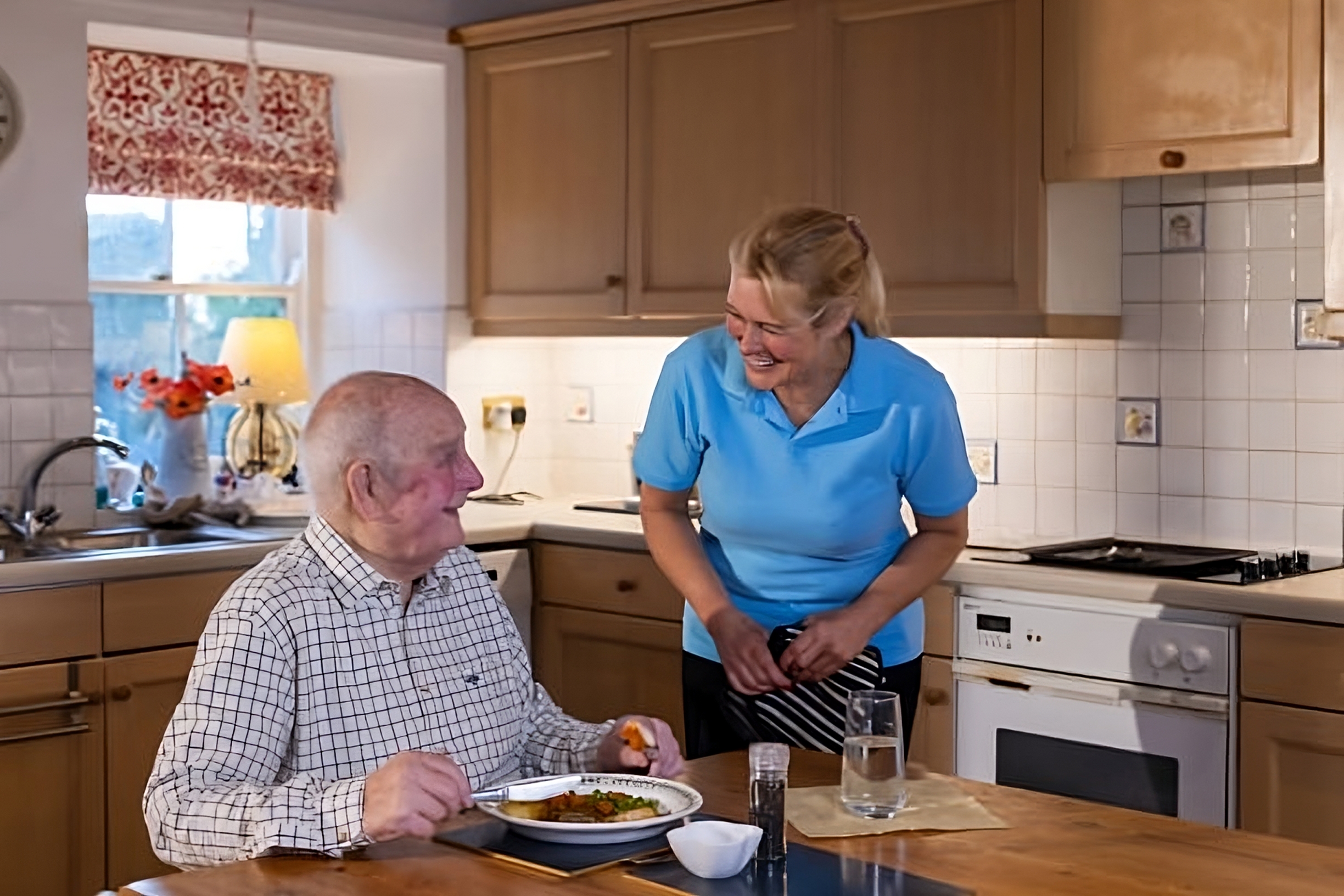Introduction:
Supported Independent Living (SIL) is a transformative program that offers individuals with disabilities the opportunity to lead fulfilling lives while enjoying a sense of autonomy and independence. SIL enables participants to reside in their own home or shared accommodation, providing tailored support services to help them achieve their goals and live life to the fullest. In this blog post, we will explore the essence of SIL, its benefits, and how it empowers individuals to thrive.
1. What is Supported Independent Living (SIL)?
Supported Independent Living is an integral part of the National Disability Insurance Scheme (NDIS) in Australia. It is designed to assist individuals with disabilities in developing and maintaining the skills necessary for living independently. SIL services can be provided in a variety of settings, including private residences, apartments, or shared accommodations, depending on the individual’s preferences and needs.
2. Person-Centered Approach:
One of the key pillars of SIL is its person-centered approach. Every individual is unique, with their own aspirations, abilities, and support requirements. SIL acknowledges and respects these individual differences, offering personalized support plans tailored to each participant’s goals, strengths, and challenges. This approach ensures that participants receive the specific assistance they need to thrive in their daily lives.
3. Enhancing Independence:
The core objective of SIL is to enhance independence. Through skill development and support, individuals gain the confidence and capability to manage various aspects of their lives. They learn essential life skills, such as budgeting, meal planning, housekeeping, personal care, and transportation, enabling them to navigate their day-to-day activities with greater independence and self-reliance.
4. Choice and Control:
SIL empowers individuals by promoting choice and control over their lives. Participants have the freedom to choose their preferred living arrangements, housemates, and support providers. This autonomy fosters a sense of ownership, allowing them to shape their living environment and support network according to their preferences and needs.
5. Social Inclusion:
Living independently doesn’t mean isolation. SIL encourages social inclusion, helping participants build meaningful connections and relationships within their communities. Support workers can assist in connecting individuals with social and recreational activities, local organizations, and community groups, fostering a sense of belonging and a rich social life.
6. Flexible and Evolving Support:
SIL recognizes that support needs may change over time. The program offers flexibility to adapt to these evolving needs. Support plans are regularly reviewed and modified to ensure they align with participants’ goals and aspirations. This dynamic approach enables individuals to continually grow, develop new skills, and pursue their aspirations with confidence.
Conclusion:
Supported Independent Living (SIL) is a transformative program that empowers individuals with disabilities to live independently and realize their full potential. By focusing on person-centered support, enhancing independence, promoting choice and control, facilitating social inclusion, and offering flexible and evolving support, SIL provides a pathway for individuals to thrive and lead meaningful lives. Through SIL, individuals can embrace their abilities, pursue their goals, and actively participate in their communities. It is a testament to the power of support and the belief that everyone deserves the opportunity to live life on their own terms.
If you or someone you know can benefit from Supported Independent Living, reach out to us at Marvel Care Australia, and we will be more than happy to guide you on this empowering journey.

